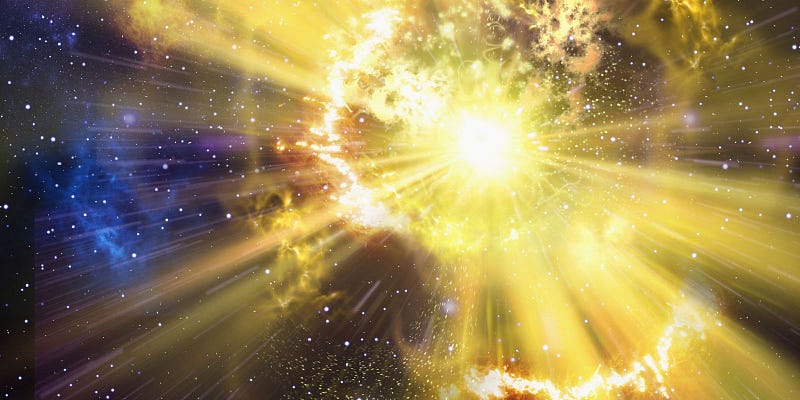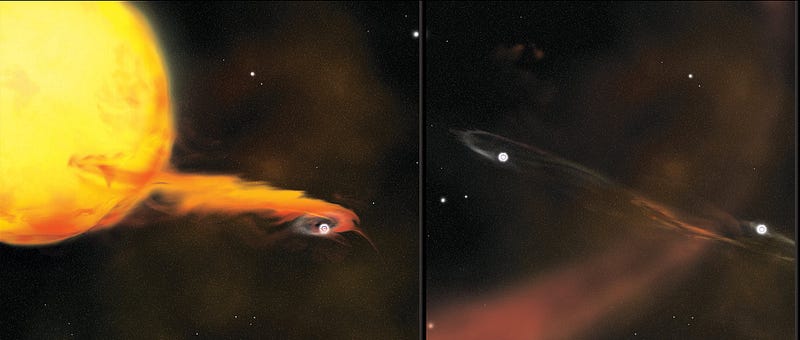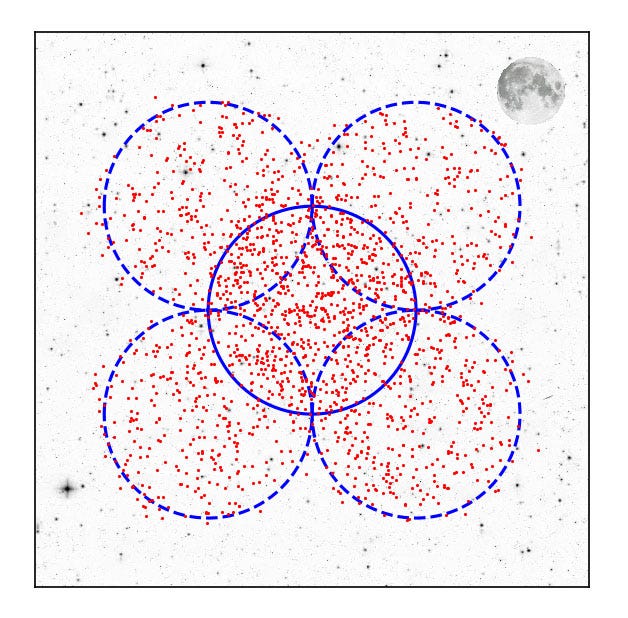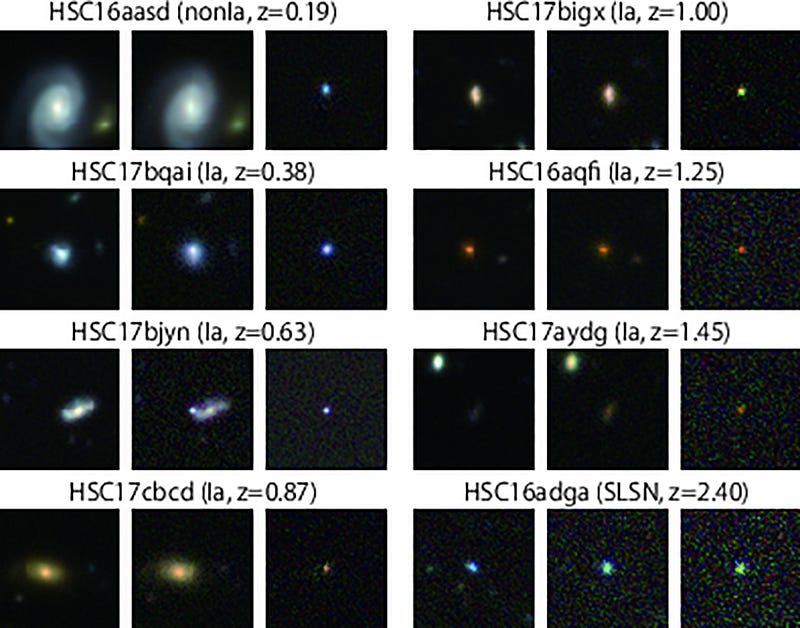# A Journey Through 1,800 Stellar Explosions
Written on
Chapter 1: Unveiling the Supernovae
Recent research utilizing the Subaru Telescope has recorded an astonishing 1,800 supernova events across the cosmos, highlighting the exceptional capabilities of this advanced observatory. Between 2016 and 2017, astronomers conducted observations over a span of four to six months, allowing them to witness stars erupting in brilliant explosions. These supernovae can momentarily outshine entire galaxies before gradually dimming.

Supernova explosions can illuminate entire galaxies for extended periods.
According to reports from The Kavli Institute for the Physics and Mathematics of the Universe, “the team identified five superluminous supernovae and approximately 400 Type Ia supernovae. Notably, 58 of these Type Ia supernovae were situated over 8 billion light-years from Earth. In comparison, it took a decade for researchers using the Hubble Space Telescope to identify just 50 supernovae at similar distances.”
The Nature of Supernovae
Supernovae, the explosive death throes of stars, primarily arise from two significant processes, with a third type currently under investigation. The first type, known as Type I supernovae, occurs in binary star systems when a larger star siphons material from a smaller companion. Once this material accumulates to a critical mass, a cataclysmic explosion ensues, obliterating the larger star and propelling the smaller one into the void.
The more recognized Type II supernovae result from the explosive demise of a massive star nearing the end of its life.
Discovering the Superluminous
Superluminous supernovae represent the newest and least understood category of these stellar explosions. While Type I supernovae can shine with a luminosity several billion times that of our Sun, superluminous events can be five to ten times more radiant. This intense brightness allows astronomers to detect these phenomena from immense distances, tracing the evolution of stars and galaxies back to the universe's infancy.
In this groundbreaking study, researchers meticulously analyzed 1,824 potential supernova events, ultimately classifying 433 as Type Ia supernovae. This remarkable discovery has doubled the number of supernovae identified at such vast distances.
Type Ia supernovae ignite when the gas drawn from the larger companion achieves a critical density, leading to an explosive release of energy. Their consistent peak brightness makes them reliable “standard candles” for measuring distances to faraway galaxies, enabling calculations of the universe's expansion rate.

A Type I supernova occurs when a star pulls matter from a larger companion, leading to potential cosmic mergers.
As NASA notes, “While numerous supernovae have been documented in nearby galaxies, such explosions are rare in our own Milky Way, occurring roughly once every century. The last recorded supernova explosion nearby was in 1680, preceded by observations by renowned astronomers Tycho Brahe and Johannes Kepler in 1572 and 1604, respectively.”
The Search for Cosmic Clarity

This illustration shows the locations of supernovae discovered in the recent study, with blue circles marking the individual observed fields.
Few telescopes, including the Subaru Telescope, possess the power to capture crisp images of distant stars. When paired with the 870-megapixel Hyper Suprime-Cam (HSC), this instrument can image a significantly larger swath of the sky than other large telescopes. The Subaru Telescope and HSC can capture images spanning 1.77 degrees across, nearly enough to encompass 50 full Moons, closely packed like eggs in a carton. The camera comprises 104 charge-coupled devices (CCDs), each capable of capturing six megapixels of data. Located in the Mauna Kea Observatory in Hawaii, this facility is operated by the National Astronomical Observatory of Japan.
Our Cosmic Connection
“The nitrogen in our DNA, the calcium in our teeth, the iron in our blood, the carbon in our apple pies were made in the interiors of collapsing stars. We are made of starstuff.” - Carl Sagan, Cosmos

Images depict the same supernova before (left), during (center), and after (right) its explosion.
Supernovae are infrequent occurrences in our galaxy, happening approximately once every century. The most recent significant explosion occurred in 1987 when a massive star in the Large Magellanic Cloud, a satellite galaxy of the Milky Way, was observed as a Type II supernova.
Every element in the universe heavier than iron is formed during the eruptions of Type II supernovae, including the atoms that comprise plants, animals, and humans. Observing these distant, ancient supernova explosions may provide insight into the elemental seeds that have been scattered throughout the universe, nurturing life on distant planets. These elements may now be momentarily unified as intelligent beings, potentially gazing back at the cosmos from which they originated.